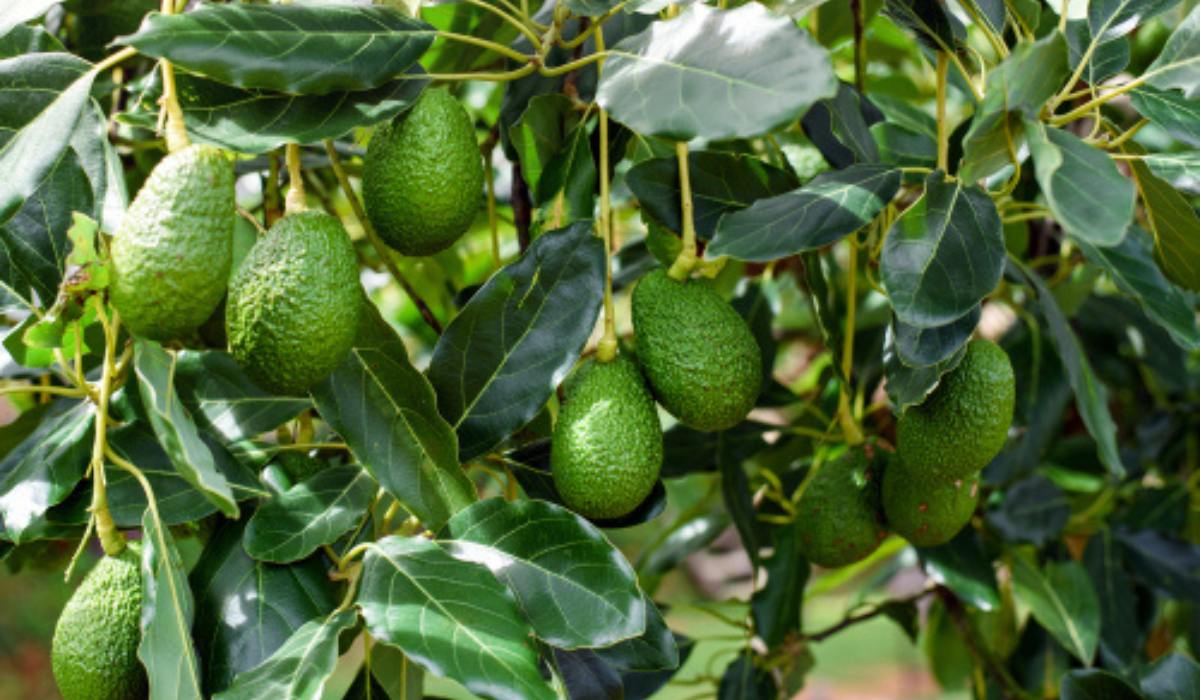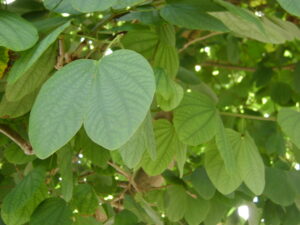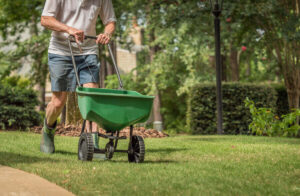How to Grow and Care for an Avocado Tree
Growing your own avocado tree can be a rewarding experience, whether you’re looking to harvest your own fruit or simply want an attractive houseplant. While avocados are native to Central America and Mexico, with proper care, you can successfully grow them in many parts of the United States. This guide will walk you through everything you need to know about growing and maintaining healthy avocado trees.
Understanding Avocado Trees
Avocado trees (Persea americana) are evergreen trees that can grow up to 40-80 feet tall in their natural habitat. When grown in containers or in cooler climates, they typically remain much smaller. Before you begin growing an avocado tree, it’s important to understand some basic facts about these tropical plants.
Avocado Varieties for the US Market
Not all avocado varieties are created equal when it comes to growing in different climate zones. Here are some popular varieties that grow well in various regions of the United States:
- Hass: The most common commercial variety, grows well in USDA zones 9-11
- Fuerte: Cold-hardy to about 30°F, suitable for zones 9-11
- Bacon: More cold-tolerant, can handle temperatures down to 25°F, good for zones 8-11
- Zutano: Another cold-hardy variety good for zones 8-11
- Mexicola: One of the most cold-resistant varieties, can survive brief dips to 20°F, suitable for zones 8-11
According to the USDA Agricultural Research Service, avocados can be classified into three main groups based on their ecological adaptation: Mexican, Guatemalan, and West Indian. Mexican varieties tend to be the most cold-tolerant, while West Indian varieties prefer warmer, more humid conditions.
Starting Your Avocado Tree
You have two main options for starting an avocado tree: growing from a pit (seed) or purchasing a grafted sapling.
Growing from a Pit
While growing from a pit is fun and educational, keep in mind that trees grown from seed:
- Take longer to bear fruit (often 8-15 years)
- May not produce fruit identical to the parent avocado
- Still make attractive houseplants even if they never fruit
To grow an avocado from a pit:
- Remove and clean the pit from a ripe avocado
- Insert 3-4 toothpicks around the middle of the pit
- Suspend the pit, broad end down, in a glass of water (the toothpicks should rest on the rim)
- Place in a warm location with indirect sunlight
- Change the water regularly to prevent mold growth
- When roots are 2-3 inches long and the stem has sprouted leaves, transplant to soil
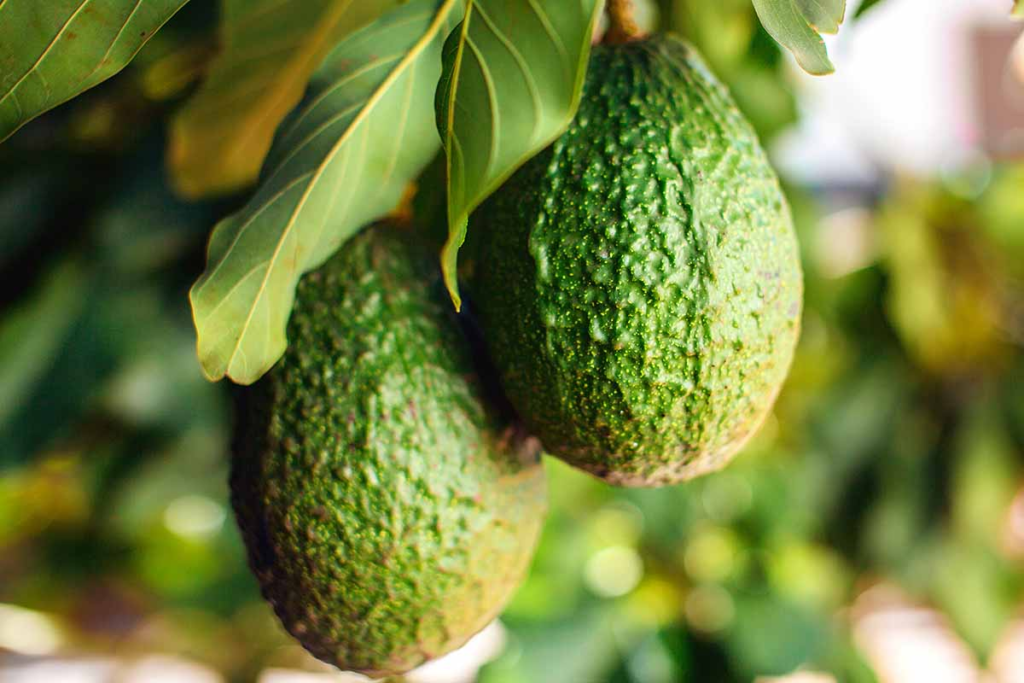
Buying a Grafted Tree
For more reliable fruit production, consider purchasing a grafted tree from a reputable nursery. Grafted trees:
- Begin producing fruit much sooner (typically 3-4 years)
- Produce fruit true to the variety you purchase
- Often have better disease resistance
Planting Your Avocado Tree
Whether you’re planting outdoors or in a container, proper planting is crucial for your avocado tree’s success.
Outdoor Planting Requirements
If you live in a suitable climate (USDA zones 8-11), you can plant your avocado tree directly in the ground:
- Timing: Plant in spring after all danger of frost has passed
- Location: Choose a spot with full sun exposure and protection from strong winds
- Soil: Well-draining, sandy loam soil with a pH of 6-6.5 is ideal
- Spacing: Plant at least 20-30 feet from other trees and structures if growing a standard-sized variety
- Planting hole: Dig a hole twice as wide as the root ball but no deeper
Container Planting
For colder climates or limited space, container growing is an excellent option:
- Select a pot at least 15-20 inches in diameter with drainage holes
- Use high-quality potting mix formulated for citrus or tropical plants
- Place the tree at the same depth it was in its nursery container
- Water thoroughly after planting
Caring for Your Avocado Tree
Proper care is essential for the health and productivity of your avocado tree.
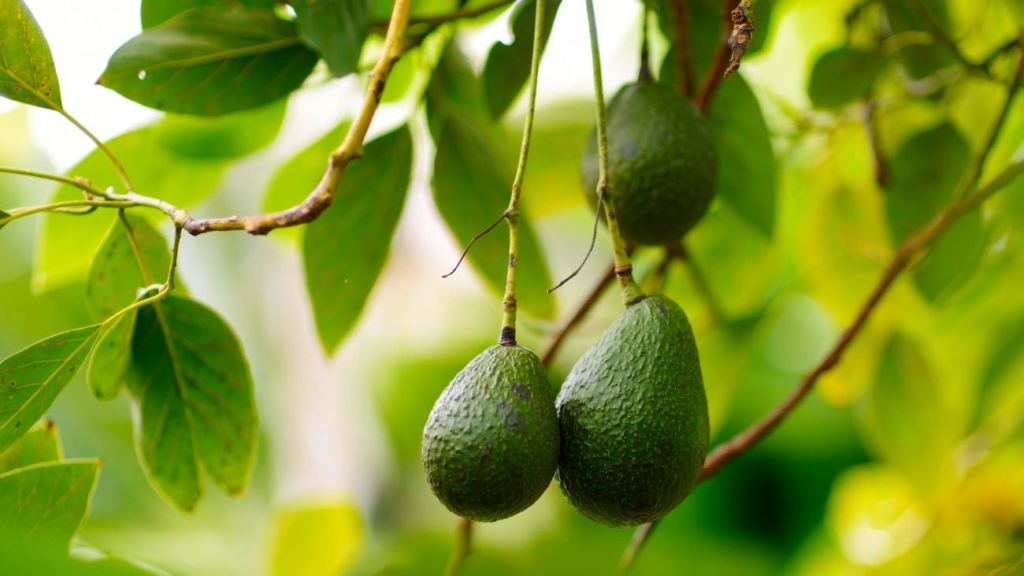
Watering Requirements
Avocado trees have specific water needs that change as the tree matures:
| Tree Age | Watering Frequency | Water Amount | Notes |
|---|---|---|---|
| Newly planted | 2-3 times weekly | 2-3 gallons | Keep soil moist but not soggy |
| 1-3 years old | 1-2 times weekly | 3-6 gallons | Allow top inch of soil to dry between waterings |
| Mature trees | Every 1-2 weeks | 10+ gallons | Deep, infrequent watering is better than frequent light watering |
| During flowering/fruiting | Weekly if no rain | Increase by 30% | Consistent moisture is crucial during these periods |
Signs of improper watering include:
- Underwatering: Leaf curl, dry soil, dropped leaves
- Overwatering: Yellowing leaves, fungal growth, root rot
Fertilization
Avocado trees are heavy feeders and benefit from regular fertilization:
- For young trees (1-3 years):
- Apply a balanced fertilizer (e.g., 10-10-10) every 2-3 months during the growing season
- Use approximately 1/2 cup per application, spreading it evenly around the drip line
- For mature trees:
- Apply a nitrogen-rich fertilizer 3-4 times per year
- Look for formulations specifically for avocado or citrus trees
- Always follow package directions for application rates
Organic options include compost, well-rotted manure, fish emulsion, and bone meal.
Pruning and Training
While avocado trees don’t require extensive pruning, some maintenance will help keep your tree healthy and productive:
- Young trees: Prune to establish a strong branch structure with a central leader
- Mature trees: Remove dead or crossing branches, thin interior growth to improve air circulation
- Height control: For container trees, prune the top to maintain a manageable size
- Timing: Best done in late winter or early spring before new growth emerges
Protecting Your Avocado Tree
Avocado trees face several challenges that you’ll need to address for successful growth.
Cold Protection
If you live in a borderline climate for avocados:
- Plant trees on the south side of your home for added warmth
- Apply a thick layer of mulch (3-4 inches) around the base, keeping it away from the trunk
- Cover young trees with frost blankets when temperatures drop below 30°F
- Install outdoor lights under the canopy for minimal heat during freezes
- Container trees should be moved indoors or to a protected area during cold weather
Pest and Disease Management
Common avocado pests and diseases include:
- Avocado root rot: Caused by Phytophthora fungi, results in yellow leaves and branch dieback
- Avocado lace bug: Causes bronzing and brown spots on leaves
- Persea mites: Create small yellow spots on leaves that turn brown
- Rats and squirrels: May steal or damage fruit
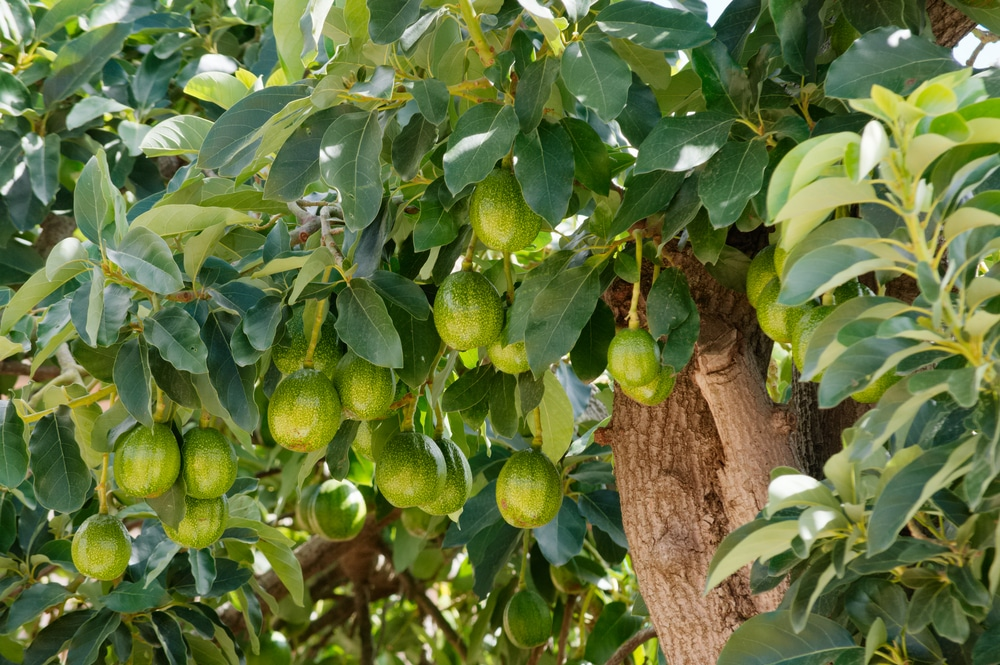
- Use beneficial insects like ladybugs and lacewings
- Apply neem oil for soft-bodied pests
- Maintain proper tree health through appropriate watering and fertilization
- Keep area clean of fallen leaves and fruit
Harvesting Your Avocados
Patience is key when waiting for your avocado tree to bear fruit. Here’s what to expect:
- Time to fruit: 3-4 years for grafted trees, 8-15 years for trees grown from seed
- Harvest season: Varies by variety, but generally occurs over several months
- Testing for ripeness: Pick one avocado and allow it to ripen indoors (5-14 days) to test flavor
- Harvesting technique: Cut (don’t pull) the fruit with pruning shears, leaving a short stem attached
Avocados don’t ripen on the tree—they mature on the tree but ripen after being picked.
Post-Harvest Ripening
To ripen harvested avocados:
- Place them in a paper bag with an apple or banana
- Store at room temperature
- Check daily for ripeness by gently pressing the fruit
- Once ripe, refrigerate for up to a week
Troubleshooting Common Issues
Even with the best care, you may encounter some issues with your avocado tree.
Leaf Problems
- Brown leaf tips: Often caused by salt buildup in the soil or low humidity
- Yellow leaves: May indicate overwatering, nutrient deficiency, or root rot
- Curling leaves: Usually a sign of underwatering or heat stress
Fruit Problems
- Fruit drop: Can be caused by stress, improper pollination, or normal thinning
- Small fruit: Often due to insufficient water or nutrients during fruit development
- No fruit production: May be due to tree age, lack of pollination, or climate incompatibility
Conclusion
Growing an avocado tree requires patience and attention to detail, but the rewards—whether in the form of delicious homegrown avocados or simply a beautiful tropical plant—are well worth the effort. By following the guidelines outlined in this article, you’ll be well on your way to successfully growing and caring for your own avocado tree.
Remember that local conditions may require adjustments to these general recommendations. For region-specific advice, consult your local extension office or experienced avocado growers in your area. With proper care and a little luck, your avocado tree can provide enjoyment, beauty, and potentially delicious fruit for many years to come.
